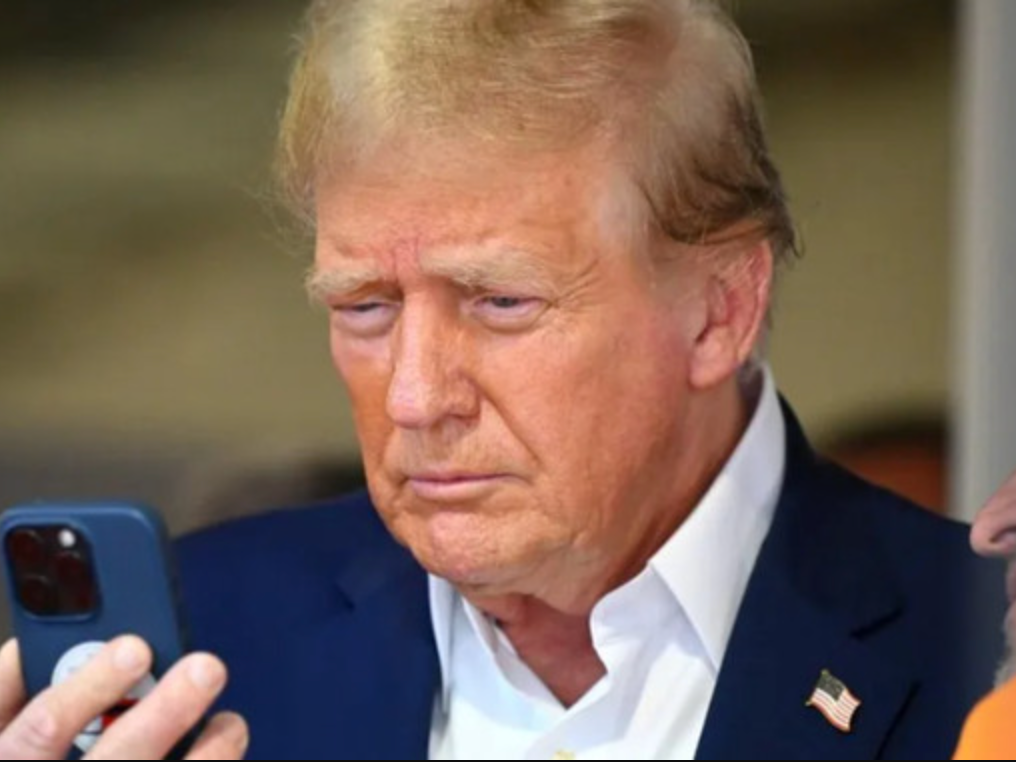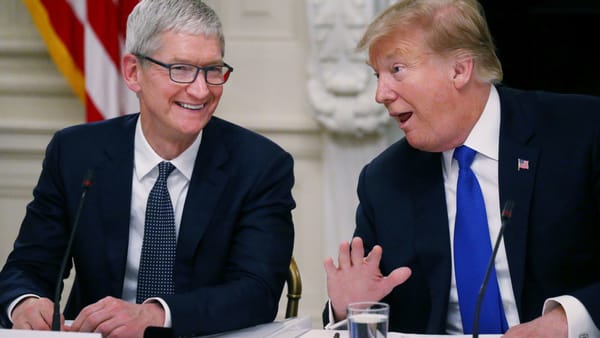Trump is a Critical Vulnerability
The Trump administration nearly killed CVE, the system that names and tracks software vulnerabilities worldwide. When trust-based digital infrastructure becomes a political bargaining chip, our entire security framework is at risk.

Most people in tech assume their work is insulated from politics. Sure, regulation might target AI or data privacy. But the foundational systems — the protocols, the registries, the threat databases — seem untouchable.
They're not.
This week made that clear.
The Trump administration nearly let the US government’s $44 million contract with MITRE expire — a contract that funds the Common Vulnerabilities and Exposures (CVE) program. CVE is the naming and tracking system that allows security researchers, governments, and software vendors to coordinate on known vulnerabilities. It’s how the open internet defends itself. With just hours to go, the contract was renewed.
But the damage was done.
CVE doesn’t run on cash. It runs on trust. The belief that if you report a vulnerability today, the system to track and fix it will still be here tomorrow.
When that belief cracks, disclosure slows. Patches are delayed. Threats grow.
Trump is a critical vulnerability to the free and open Internet.
The Foundations Beneath Us
CVE is just one strand in a vast web of trust-based systems that hold modern tech together. 3GPP sets mobile standards. ICANN governs domain names. The IETF maintains internet protocols. These bodies are obscure, slow, and bureaucratic — and they are essential.
Every time you open an app, make a phone call, or load a secure website, you’re relying on systems maintained by international cooperation and public institutions. When you send data over 5G, you're trusting global telecom standards. When you build with HTTPS, you're relying on certificate authorities. When your infrastructure scans for vulnerabilities, it's drawing from CVEs.
To most developers, this infrastructure is invisible. Like gravity. So reliable you forget it's there — until it isn't.
Every time GitHub’s Dependabot flags a package, or a cloud provider patches a flaw, or a CI pipeline flags a security risk — it’s working because a CVE exists. That alert, that patch, that fix — it all starts with a shared name for a shared problem.
Without it, coordination vanishes. Every vulnerability becomes a siloed crisis.
When Trust Breaks
This isn’t just about one contract. It’s about whether the world can count on America to maintain the shared infrastructure of digital security.
In early 2024, when NIST paused its vulnerability database work, 93% of new CVEs went unanalyzed — including over half of the ones known to be actively exploited. For months, defenders were flying blind.
That was a temporary lapse.
Now imagine if it weren’t.
In that same year, over 40,000 new vulnerabilities were reported — a 38% increase from the year before. Nearly a quarter of those exploited vulnerabilities were weaponized the day their CVE went public.
This isn’t a manageable flood. It’s a firehose. Without the CVE system’s common language, there’s no way to track or respond fast enough. The race between attackers and defenders breaks down.
And when trust collapses, the consequences ripple outward. Security tools lose their reference points. Vulnerability management becomes fragmented and proprietary. Compliance frameworks unravel. The software supply chain grows opaque. Global coordination fractures along geopolitical lines.
Trump’s near-cancellation of the CVE contract isn’t a fluke. It’s part of a broader pattern — an active effort to dismantle the institutions that make the digital world function. Foundational infrastructure is defunded, public coordination is undermined, and technical trust is treated as disposable.
We like to think technology is apolitical. But it depends on rules, agreements, and neutral infrastructure. Without trust in those systems, nothing interoperates. Nothing scales.
Break that trust, and tomorrow’s standards don’t form. Tomorrow’s systems don’t launch.
Conclusion
This week wasn’t just about CVE. It was a case study in how President Trump is actively dismantling the institutional trust that keeps global technology running. He didn’t just nearly break a contract — he broadcast that systems built on coordination and neutrality can be politicized and discarded.
Trust in CVE is recoverable. But the damage to perception is real. Security researchers, software vendors, and foreign governments saw how close we came to losing a critical layer of digital defense — not because it failed, but because it became politically inconvenient.
Trump is not a passive threat to infrastructure. He is an active one. The CVE crisis is one example. And under his current administration, it likely won't be the last.
The question isn't whether CVE survived this time. It did.
The question is: how many more of these systems can withstand the ongoing erosion of trust?





